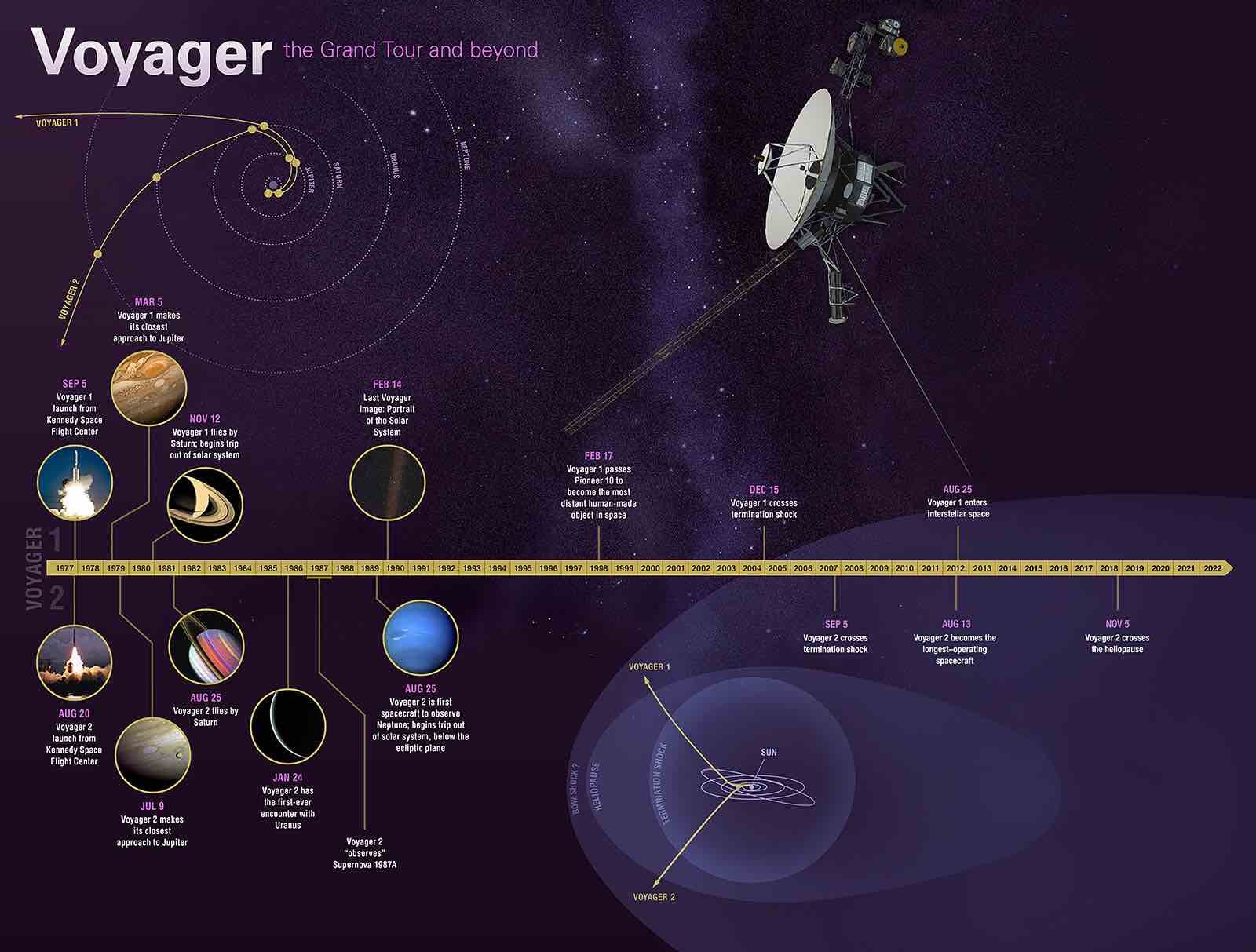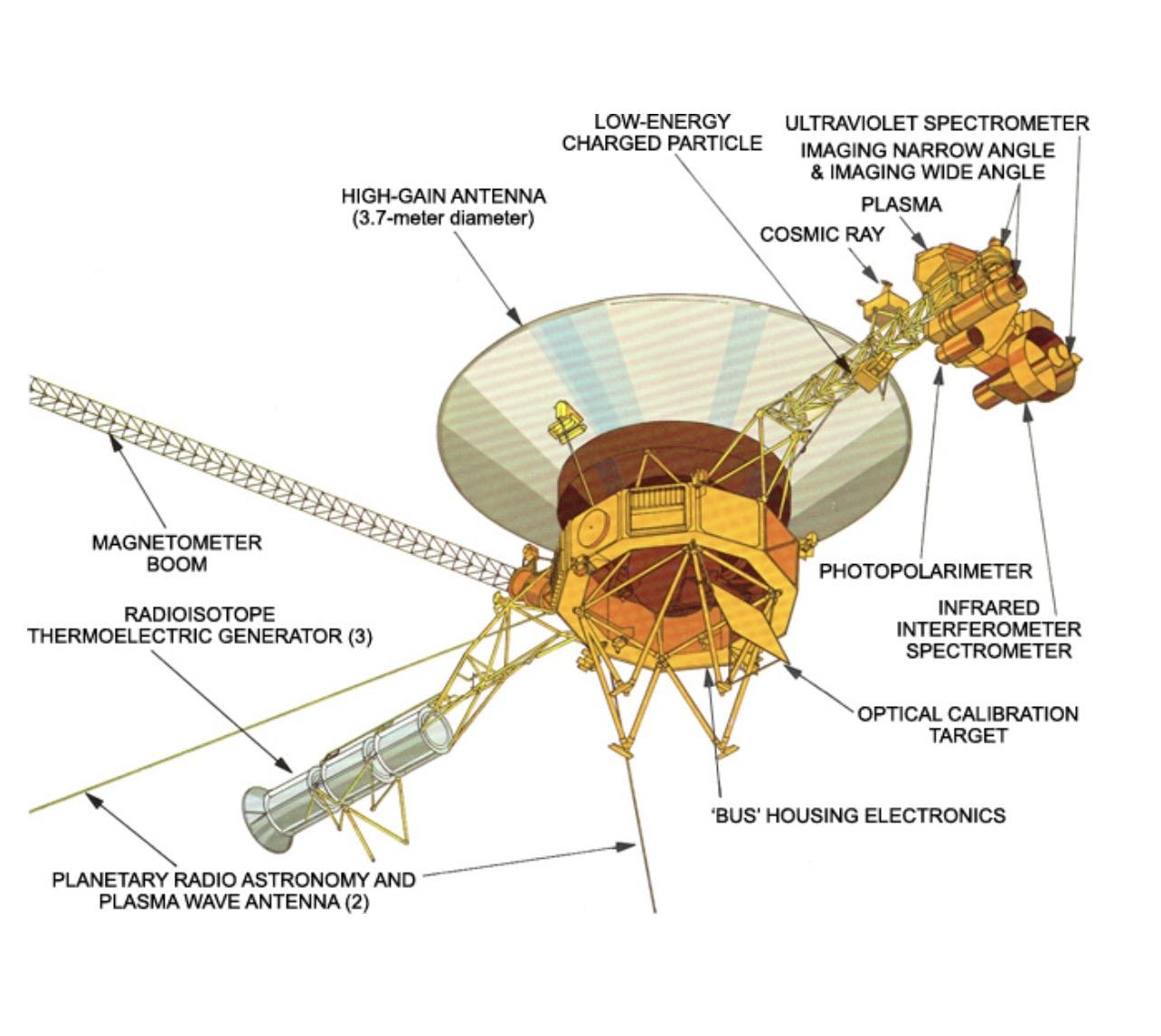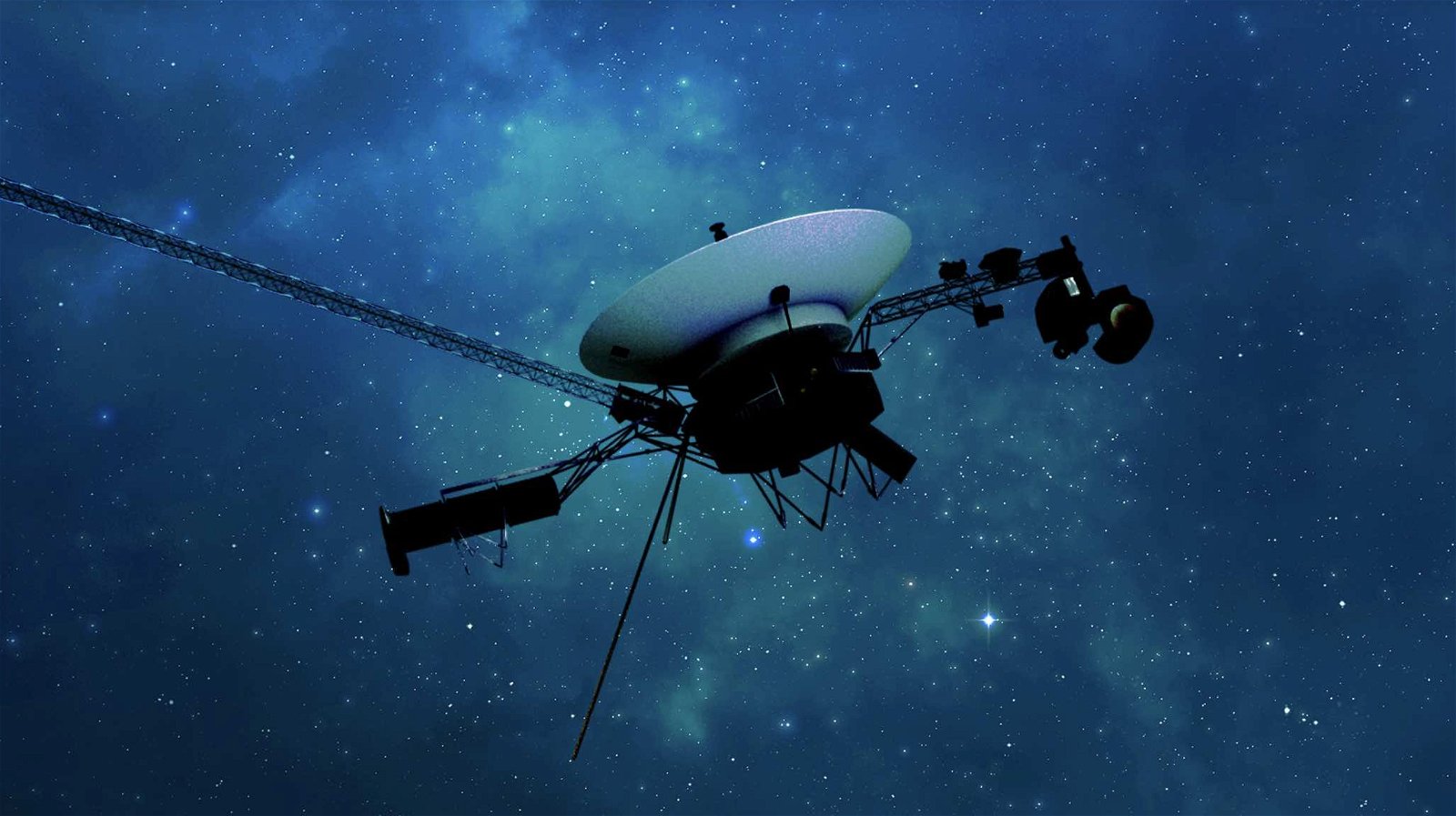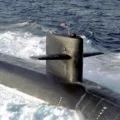After five months of silence, NASA engineers have successfully received communications from the iconic Voyager 1 spacecraft, allowing them to perform a health and status checkup on the most distant human-built object in the cosmos.
Since late last year, a problem with one of the spacecraft’s computer subsystems has prevented it from being able to relay any usable science or other system data back to the Voyager 1 team.
Currently the furthest human-made object anywhere in the cosmos, the twin Voyager probes were launched more than 46 years ago, making their missions the longest-running in addition to placing them farther from Earth than any other spacecraft.
During their missions, both Voyager spacecraft passed Jupiter and Saturn, with Voyager 1’s twin also performing a flyby of Uranus and Neptune.


Now, NASA says that after five months of radio silence, Voyager 1 is once again returning usable data about its onboard systems, after engineers managed to overcome a few engineering hurdles that have kept them in the dark about the spacecraft’s performance from its current position beyond our solar system.
However, the Voyager team says that while the spacecraft is returning usable data, it is not yet providing useful information for science, which will require further ingenuity from the team based at NASA’s Jet Propulsion Lab in Pasadena, California.
Radio Silence
Last November, an interruption in the delivery of Voyager 1’s readable science and engineering data was first observed. At that time, it was evident that the spacecraft, despite its vast distance from Earth, was indeed able to receive information from mission controllers.
The problem was discerned as being related to the spacecraft’s flight data subsystem (FDS), one of three decades-old onboard computer systems the spacecraft relies on to convey information back to Earth. Essentially, the FDS collects and packages the science and engineering data obtained by Voyager 1 before it is dispatched back to Earth.


After a bit of trial and error, it was discerned that the FDS malfunction was impacting Voyager 1’s ability to communicate with its telemetry modulation unit (TMU), another of the spacecraft’s subsystems, preventing it from relaying any science or engineering data back to Earth.
Repairing a malfunctioning chip on a spacecraft careening along at 38,026 miles (61,197 kilometers) per hour on its way into interstellar space is complicated, to say the least. Given the problem the JPL team faced, they decided to attempt to relocate the affected code to another area in the FDS memory system, which also presents challenges due to a lack of available space.
A Fix From 15 Billion Miles Away
In order to implement the fix, the Voyager 1 team decided to try dividing the code into sections, which were stored in various available areas in the FDS, which required making adjustments to the newly apportioned code sections and updating references to the location of that code in other areas within the FDS to ensure that the fragments could still function as a whole from their respective locations.
The first portion of the FDS code that was isolated by the Voyager 1 team was the portion that packages engineering data for the spacecraft. This was successfully transferred to a new area in the FDS memory on April 18, 2024, meaning that tests to see whether the implementation of the fix had worked required the team to wait for two days—22.5 hours for the radio signal to travel the 15 billion miles required to reach Voyager 1, and then another 22.5 hours for the return signal to make its way back to Earth.
Finally, on Saturday, April 20, the signal returned right on cue, indicating that the modification was successful and that for the first time in months, the spacecraft’s vitals could be checked.
The next step will be to continue reallocation of other affected portions of the code, which the Voyager 1 team hopes will ultimately allow the most distant spacecraft from Earth to resume its mission and return science data back to mission control.
Micah Hanks is the Editor-in-Chief and Co-Founder of The Debrief. He can be reached by email at micah@thedebrief.org. Follow his work at micahhanks.com and on X: @MicahHanks.

